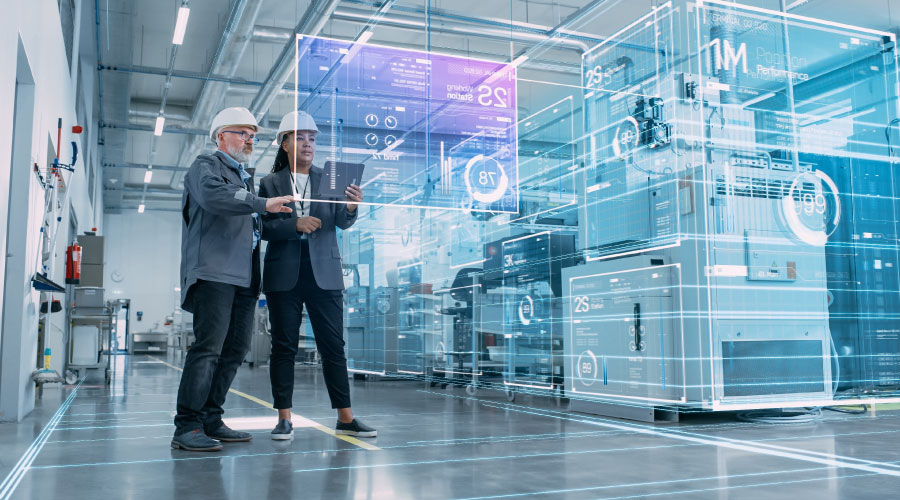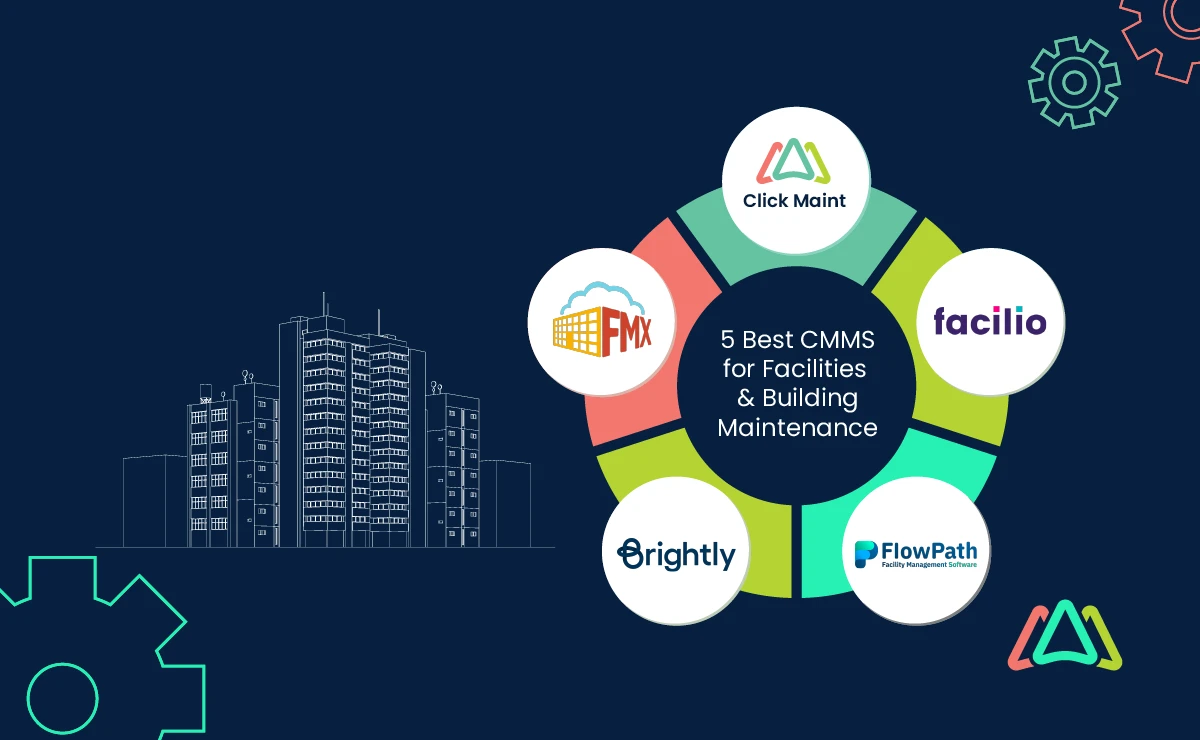Exactly How Facility Management Enhances Office Productivity
Exactly How Facility Management Enhances Office Productivity
Blog Article
The Essential Guide to Facility Monitoring: Methods for Success
Facility monitoring plays an essential role in the overall success of an organization, serving as the backbone that supports effectiveness, performance, and security. The subtleties of effective center administration extend past plain logistics and call for a comprehensive understanding of both qualitative and measurable metrics.
Understanding Facility Administration
What makes up efficient center management? Reliable center management includes the sychronisation of different organizational functions to guarantee that built settings are risk-free, efficient, and conducive to efficiency. It integrates the principles of design, company, and engineering monitoring to develop a smooth functional circulation within an organization.
Crucial element of center monitoring consist of space planning, upkeep monitoring, and compliance with health and safety laws. Space planning focuses on maximizing using physical sources to sustain business goals, while maintenance management guarantees that centers are kept in optimum problem, taking full advantage of life expectancy and reducing functional costs. Conformity with legal and regulative requirements is important, as it safeguards the organization against potential obligations and boosts its credibility.
Moreover, efficient facility administration counts on the tactical usage of innovation, such as Building Administration Equipment (BMS) and Computer-Aided Facility Administration (CAFM) devices. These technologies promote real-time surveillance of building systems and streamline maintenance procedures (Facility Management). Inevitably, an extensive approach to center management not just promotes operational effectiveness but additionally cultivates a favorable atmosphere for workers and visitors alike, driving overall business success

Key Strategies for Optimization
Enhancing center monitoring needs a calculated strategy that aligns functional exercise with organizational purposes. To attain this, the very first crucial strategy is the execution of integrated technical options. Making use of advanced software systems enables for real-time monitoring of center procedures, facilitating data-driven decision-making and improving general efficiency.
Secondly, regular analyses of facility performance are essential. Carrying out regular inspections and audits allows center managers to identify areas that need renovation, ensuring that sources are alloted successfully. This proactive technique assists in minimizing downtime and boosting service distribution.
Another essential method is promoting partnership across departments. By encouraging open communication in between teams, center supervisors can better straighten their strategies with company objectives, causing enhanced operational synergy. Additionally, involving personnel in training programs promotes a culture of liability and improves their ability to add to optimization efforts.
Enhancing Safety Methods
Enhancing security methods is crucial for developing a protected setting within centers. A comprehensive safety and security protocol not only safeguards visitors and staff members yet likewise enhances operational effectiveness. Facility Management. To attain this, center managers have to carry out normal threat assessments to identify prospective risks and ensure that ideal actions remain in area

Furthermore, clear communication channels have to be developed to report safety and security worries immediately. This consists of producing an easily accessible platform for employees to articulate possible dangers or occurrences without worry of retribution. Additionally, leveraging innovation can boost safety measures; as an example, carrying out security systems and accessibility controls assists monitor center tasks and limit unauthorized access.
Last but not least, conformity with local guidelines and market standards is non-negotiable. Normal audits and evaluations of security methods make certain positioning with present legislations and ideal practices. By prioritizing these techniques, center managers can cultivate a society of safety that secures all stakeholders and eventually contributes to the organization's success.
Improving Work Environment Environment
A favorable workplace setting significantly enhances worker spirits and efficiency, making it a vital focus for center monitoring. To create such an atmosphere, facility managers should prioritize several crucial elements, consisting of functional designs, visual appeals, and employee engagement.
Ergonomic considerations are important to decrease physical strain and pain. This includes try this website giving flexible furniture, appropriate lights, and adequate area for movement. These changes can result in decreased absence and enhanced task contentment.
Aesthetic appeals play an essential duty in forming the work environment ambience. Utilizing shade psychology, natural lighting, and plant can promote a stimulating and welcoming setting. Thoughtfully created spaces can improve imagination and improve overall health.
Additionally, encouraging employee engagement through inclusive decision-making processes content can enhance the feeling of possession and belonging. Collecting responses on workplace enhancements and including workers in the design process can lead to a more tailored setting that meets their requirements.
Last but not least, promoting health campaigns, such as health cares and leisure rooms, can even more contribute to a helpful work environment culture. By concentrating on these techniques, facility supervisors can properly improve the workplace atmosphere, driving both staff member complete satisfaction and business success.
Measuring Success in Facilities
Measuring success in center administration calls for a thorough strategy that examines both measurable and qualitative metrics. Quantitative metrics usually include key efficiency indications (KPIs) such as area application prices, energy usage, maintenance prices, and tenancy degrees. These metrics offer a clear image of operational performance and economic efficiency, enabling facility supervisors to recognize locations for improvement and standard versus industry standards.
Qualitative metrics, on the various other hand, emphasis on user complete satisfaction and employee engagement. Studies and responses systems can assess how well the facilities satisfy the requirements of residents, aiding to examine the total workplace environment. This aspect is important, as a satisfied workforce is often connected to enhanced efficiency and retention prices.
To successfully determine success, center supervisors should additionally consider integrating innovation, such as building administration systems and information analytics tools, to accumulate and assess relevant information. Regularly examining both collections of metrics permits a more well balanced sight of performance and educates critical decisions. Inevitably, an effective center monitoring technique depends upon a commitment to continual renovation, making sure that both functional efficiencies and user complete satisfaction are prioritized.

Conclusion
In verdict, reliable facility administration is click here now important for improving business performance. Prioritizing safety protocols and enhancing workplace settings better contribute to boosted staff member fulfillment.
Center monitoring plays an essential duty in the overall success of a company, offering as the foundation that sustains efficiency, security, and performance.Key aspects of facility monitoring consist of room planning, maintenance management, and compliance with health and wellness and security guidelines.Furthermore, efficient facility management counts on the strategic use of innovation, such as Building Management Solution (BMS) and Computer-Aided Facility Monitoring (CAFM) tools. Eventually, a thorough approach to facility administration not only promotes functional effectiveness however also fosters a positive environment for site visitors and staff members alike, driving overall business success.
Eventually, an effective facility administration approach hinges on a commitment to continual improvement, guaranteeing that both functional performances and individual satisfaction are focused on.
Report this page